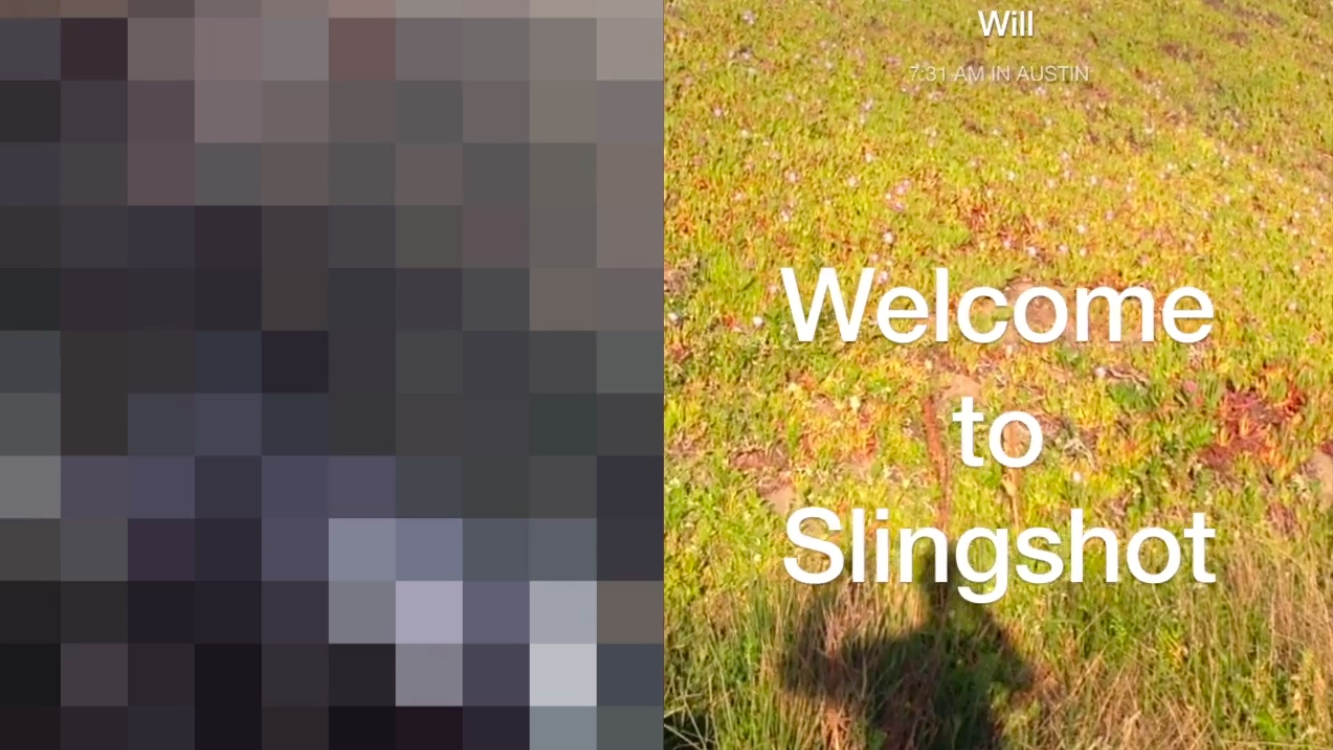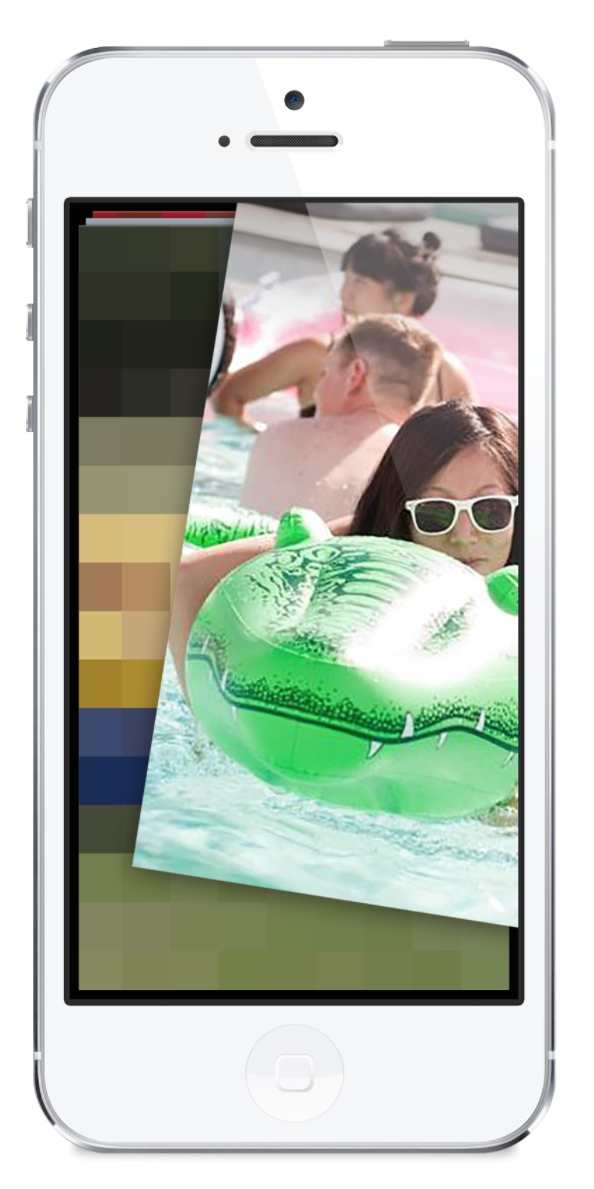
It looks like it's all-systems-go for Facebook's free image sharing app, Slingshot, which should launch today on the App Store and Google Play in the US if a blog post on Facebook's media page is to be believed.
In case you missed our earlier coverage, Slingshot aims to shoot Snapchat out of the sky by leveraging its insanely popular social network and provide users a way to visually communicate.
What separates the two services? Well, it's a bit gimmicky, but in order to see the last image a friend has sent in Slingshot, you'll need to pony up a pic yourself. This could potentially form a positive feedback loop encouraging more pictures and more conversations between friends.
That's not all that separates these two "s" named services though, so read on for a full message-a-message smack down.
Friends integration
Theoretically, Slingshot has the edge here.
Facebook integration is something natural and intuitive, plus everyone you know most likely already has an account. Snapchat requires your friends to download the app, create an account and then add you. In practice this only takes a few seconds, but if Facebook Messenger is any indication, people like quick and easy integration in an app that all of their friends already own.
Slingshot's other ace-up-its-sleeve is the ability to send a shot to all, yes all, of your friends at once. This sounds wonderful for life-changing events: the birth of a child, buying a new home, getting engaged.
Get daily insight, inspiration and deals in your inbox
Sign up for breaking news, reviews, opinion, top tech deals, and more.
But imagine getting updates from that guy you met once at a bar that shows him going to McDonald's. This could potentially open the door for too many updates and too many uninteresting chats. Oh, and remember, in order to see said McDonald's chat, you'll need to send something yourself. Joy.
Snapchat has come across the bridge already and included the "stories" feature - a way to essentially notify all of your friends at once - and has come out better for it.
Still, add in some way to limit the groups (a feature already built into Facebook) that an image goes to and Slingshot looks like it could be king of the fading picture castle.
Slingshot 1 - Snapchat 0
Picture customization
Realistically this isn't much of a competition. No one is expecting Instagram-level filters on pictures that you can only look at for 10 seconds. As long as there's a bit of text modification and the ability to haphazardly draw doodles on the screen, this one's going to end in a draw.
Slingshot 2 - Snapchat 1

Core concept
Features are all well and good, but it's the meat and potatoes of the product that really matter; Snapchat may be going out of style like 2013, but its core tenets make a lot of sense.
Where Slingshot requires you to actually respond without seeing an incoming message, Snapchat allows for more natural reactions.
Predictive chatting doesn't sound all that exciting, and even though it may inspire more back-and-forth verbal repartee. A conversation between two people doesn't work by the second person's response coming before the first has asked a question. Point Snapchat.
Slingshot 2 - Snapchat 2
The early verdict
Slingshot is off to a decent start, but it has a lot of ground to cover to catch up to Snapchat's early launch lead.
New features are constantly rolling out to Snapchat's app - today, for example, the company unveiled "event sharing" that allows users to send pictures to an account that will bundle them all together and display a constantly updating feed - while Slingshot has barely put boots to the ground.
Whether Slingshot can overcome Snapchat will largely depend on how well it's adopted by consumers and if the "you show me yours and I'll show you mine" core concept strikes a chord with its users. Both Snapchat and Slingshot are available for free on Android and iOS.
- For more on Facebook's messaging ways, read why it bought WhatsApp
Nick Pino is Managing Editor, TV and AV for TechRadar's sister site, Tom's Guide. Previously, he was the Senior Editor of Home Entertainment at TechRadar, covering TVs, headphones, speakers, video games, VR and streaming devices. He's also written for GamesRadar+, Official Xbox Magazine, PC Gamer and other outlets over the last decade, and he has a degree in computer science he's not using if anyone wants it.
